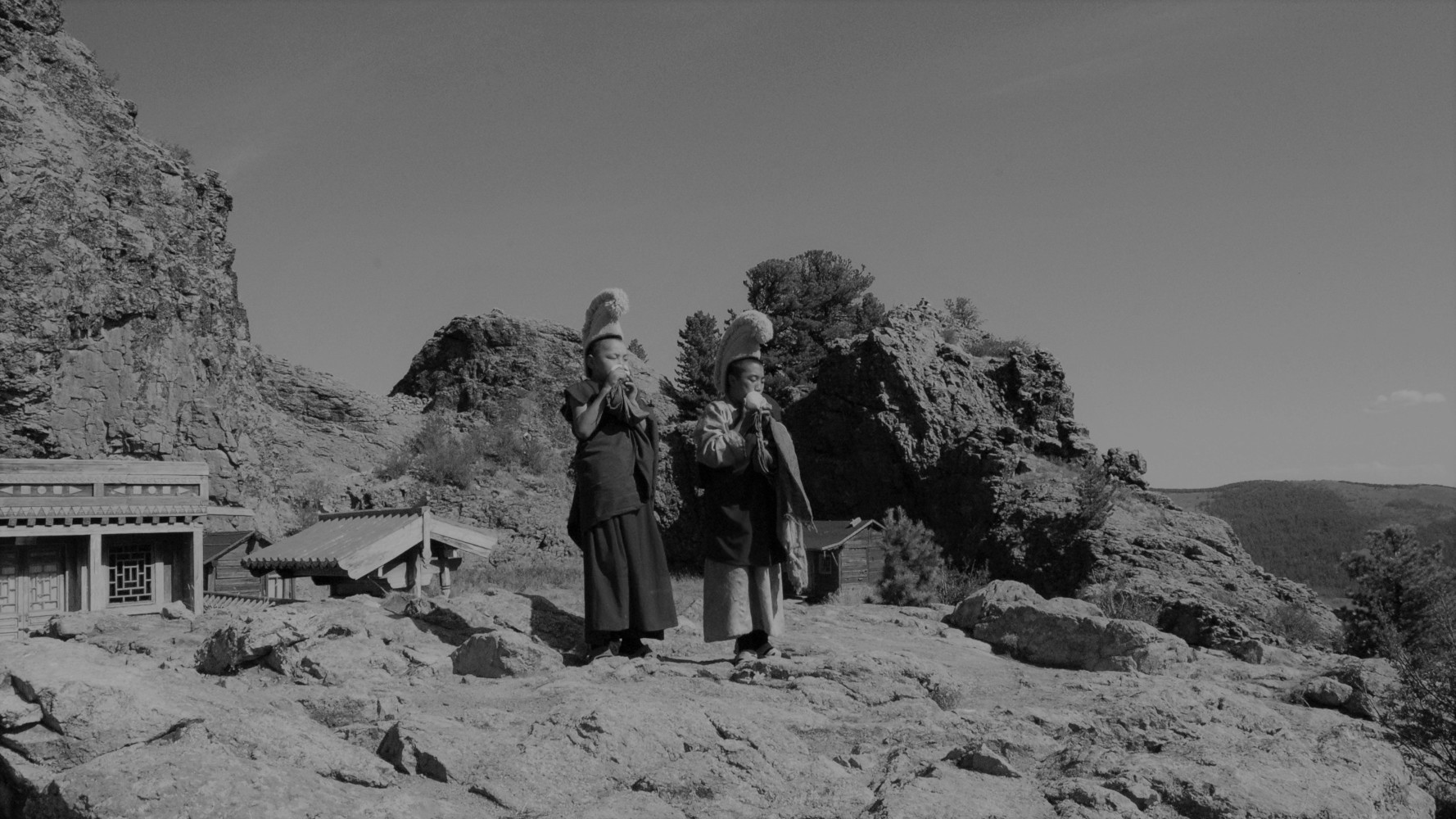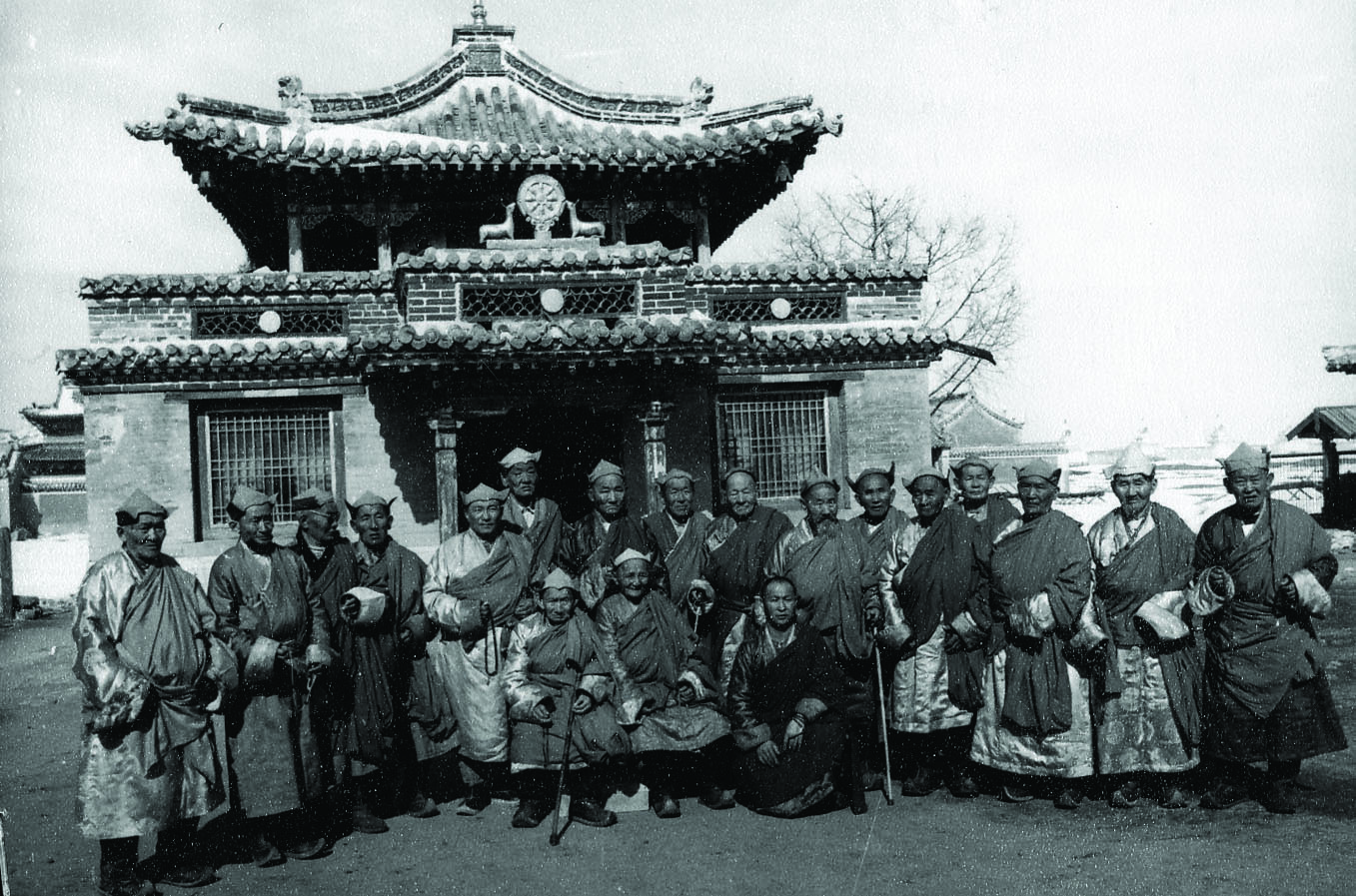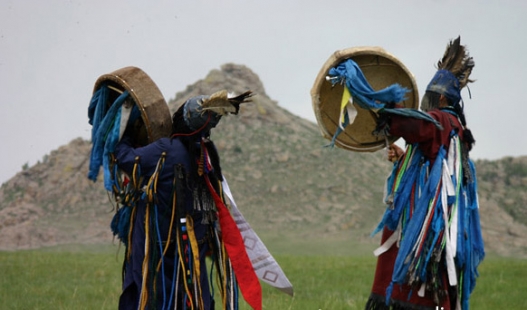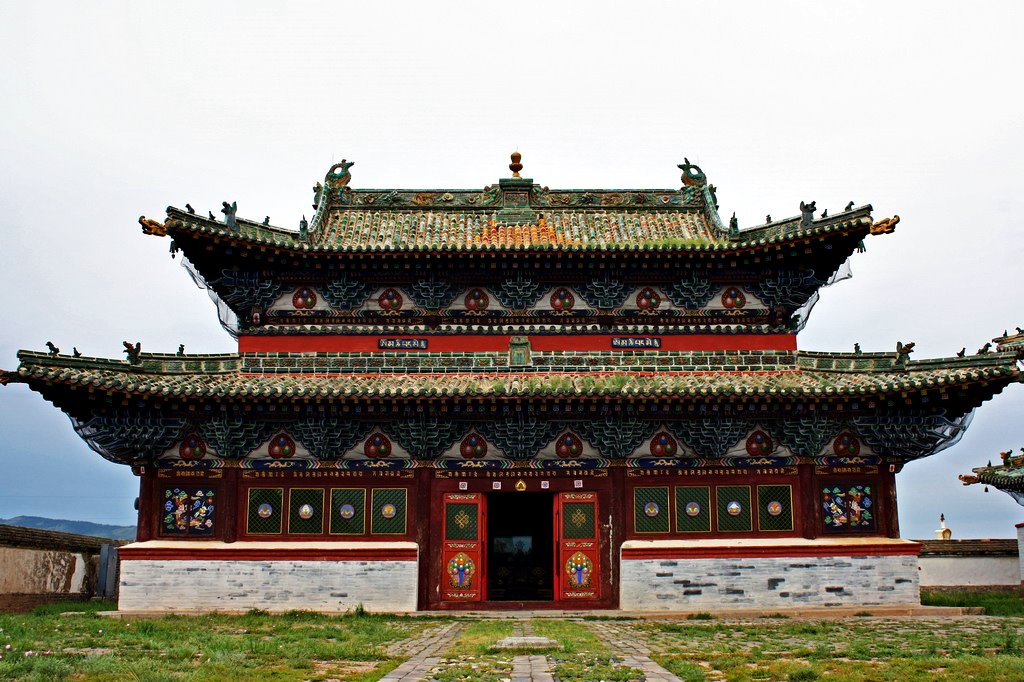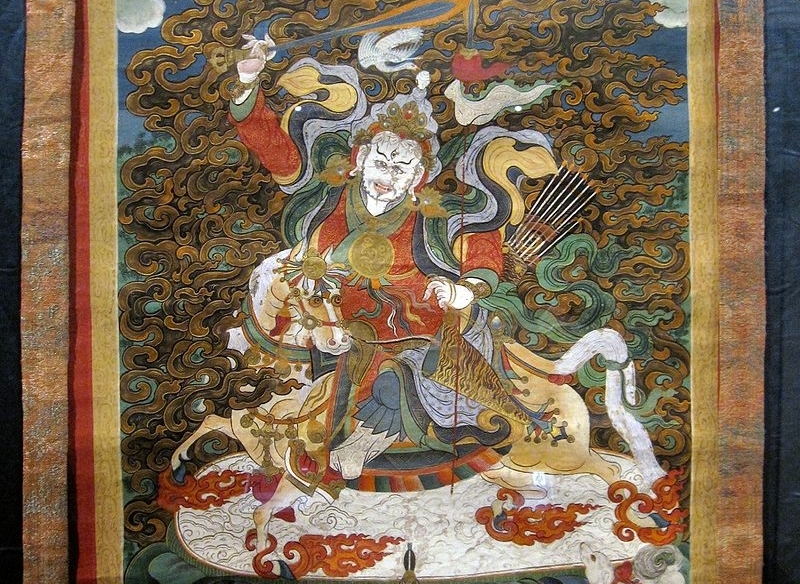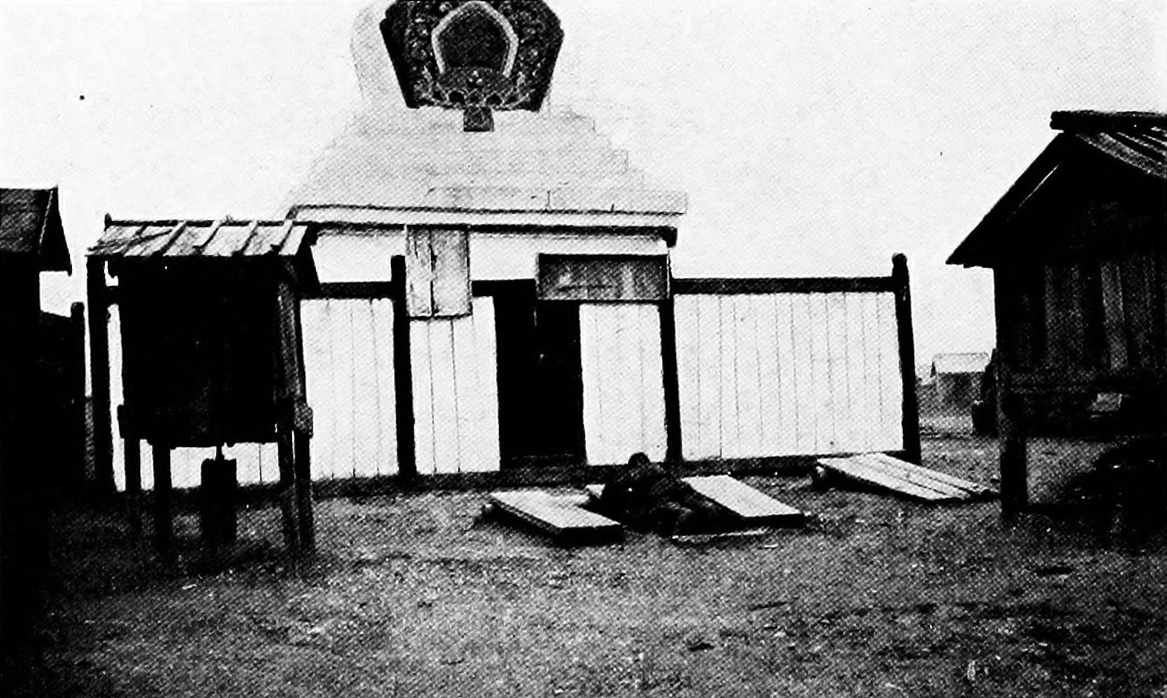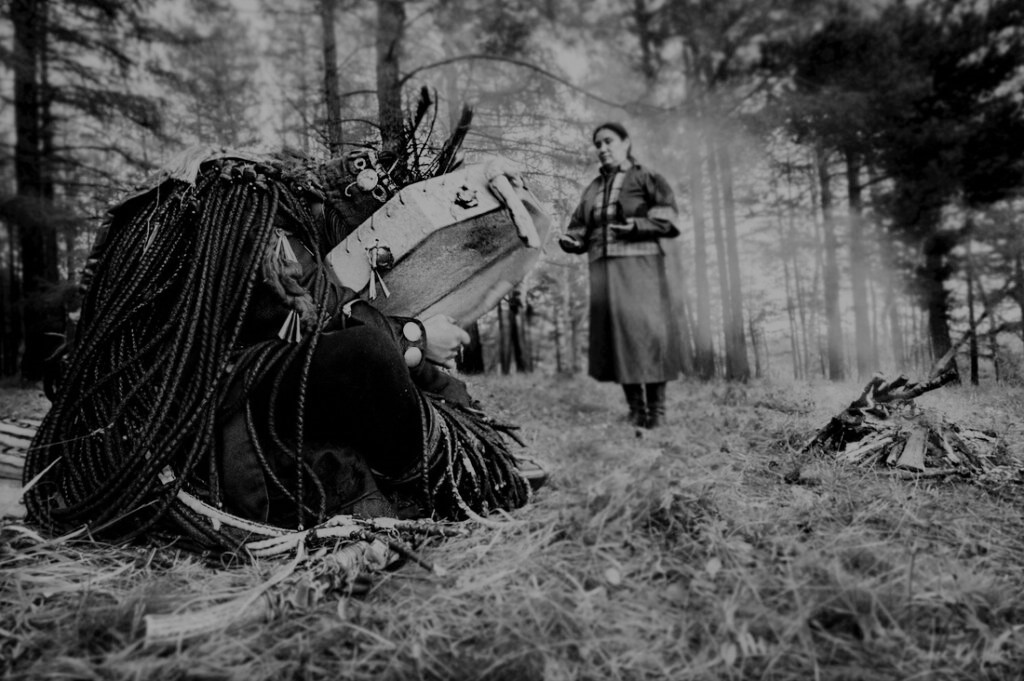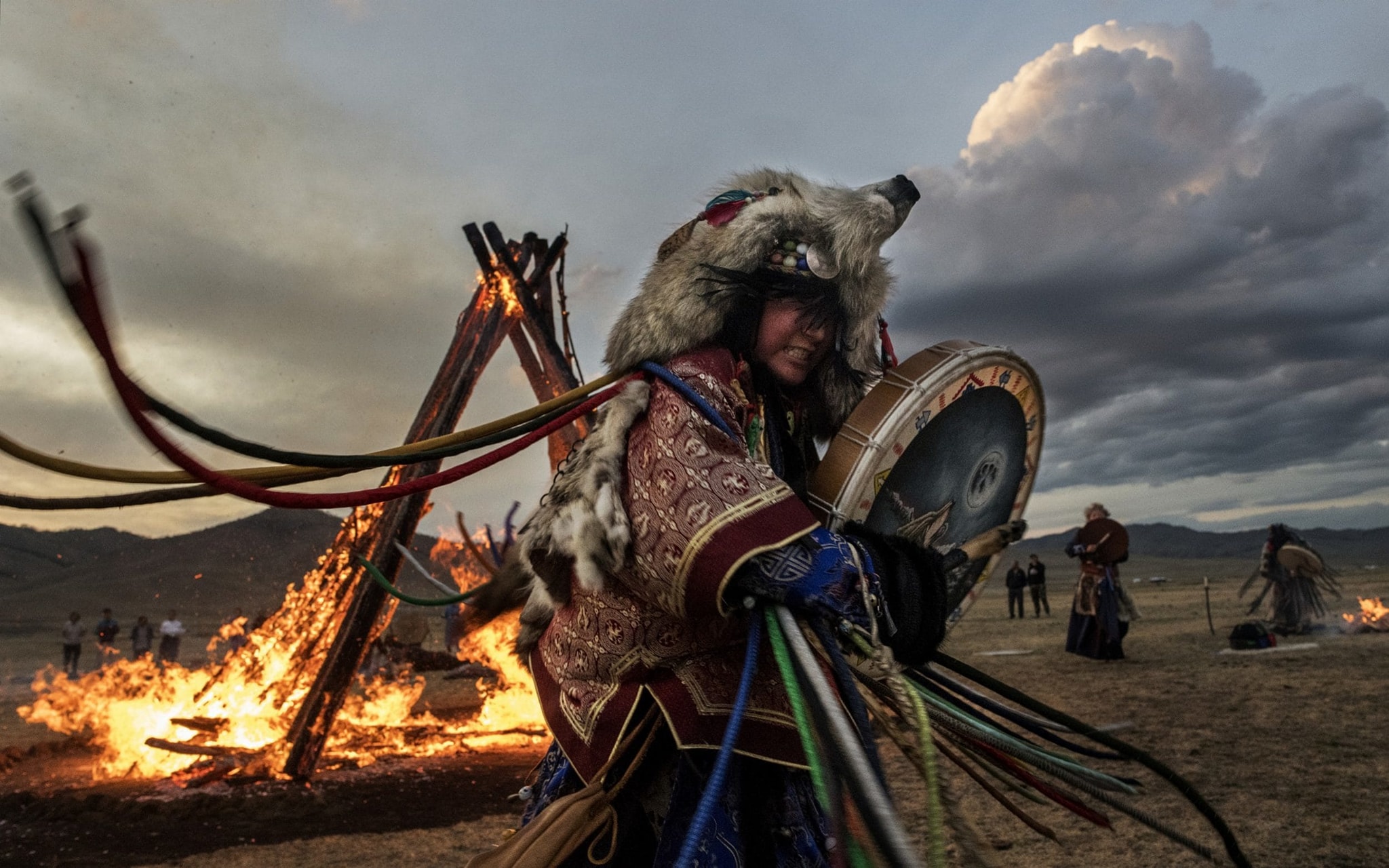Even though Mongolian Shamanism struggled valiantly against Lamaism by diverse means, they were gradually falling under the influence of Lamaism. eventually, the Black and White Shamans became divided into the Black and Yellow Shamans. Counting the Choijins and Gurtems or Lama-Shamans of Red Buddhism, who existed before the spread of Lamaism in Mongolia. Mongolian Shamanism […]
